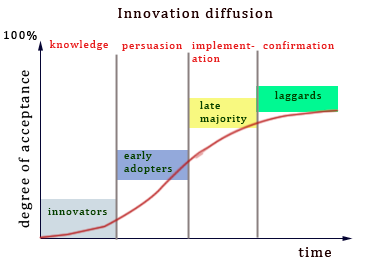Learn how to use the Breakout Rooms feature within Blackboard Collaborate to facilitate small group discussions during an online session. During this online workshop offered 11/15/2012 we explored the options within a Blackboard Collaborate session for organizing students into small groups for discussion, including creating Breakout Rooms, assigning students to Breakout Rooms (both manually and automatically), moving whiteboard content into Breakout Rooms, and monitoring small group discussion.
For archives of other online workshops offered by NIU Faculty Development and Instructional Design Center, visit our YouTube channel




